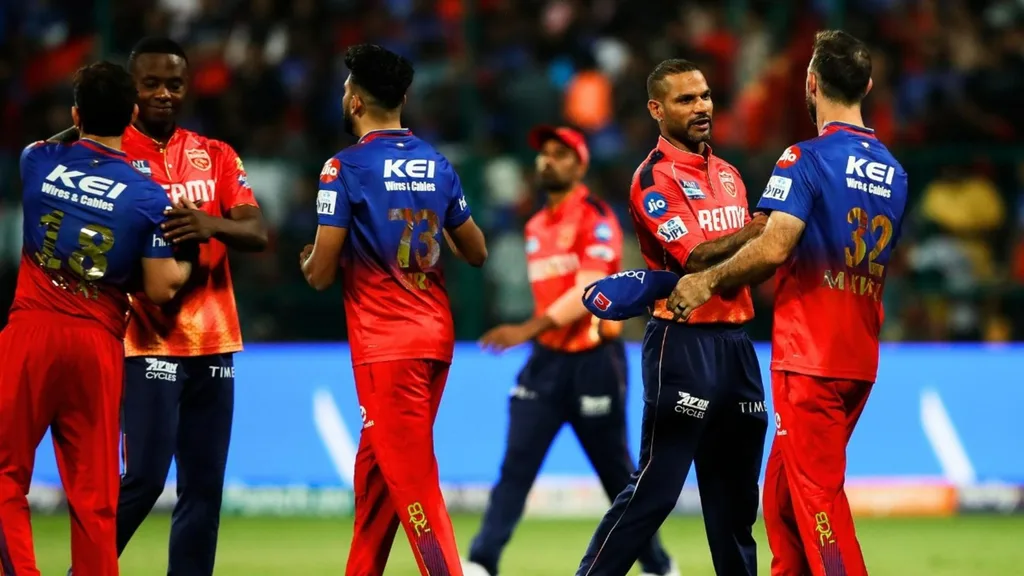
Impact of IPL on Travel and Tourism in Host Cities
The IPL isn’t just about boundaries and sixes; it’s a tourist magnet. Cities hosting the tournament transform into vibrant hubs, attracting cricket fanatics and curious explorers alike. The influx is substantial, with fans not only booking hotels well in advance but also venturing out to explore the city’s cultural tapestry. This surge breathes life into the hospitality sector, with restaurants and cafes overflowing with pre- and post-match cheer.
The economic impact is undeniable – revenue surges across hotels, transportation services, and local vendors. But the IPL’s influence extends beyond immediate gains. The global spotlight shines on the host city, showcasing its landmarks and hidden gems to millions. This newfound fame can ignite a lasting interest in tourism, attracting visitors long after the final wicket falls. In the world of T20 cricket betting, one of the most sought-after titles is the orange cap holder, awarded to the highest run-scorer in a tournament like the IPL. As matches unfold, fans keenly watch the performances of top batsmen, predicting who will claim this prestigious honor.
Increased Tourist Footfall:
The IPL acts as a magnet, drawing not only passionate cricket fans but also tourists who want to experience the vibrant atmosphere surrounding the matches. This influx can be substantial. For instance, in 2019, the IPL led to an estimated 4 lakh domestic and international tourist arrivals in India [1]. These tourists not only contribute to the city’s economy during their stay but also spread positive word-of-mouth, promoting the destination as a tourist hotspot.
Booming Hospitality Sector:
The IPL triggers a hospitality gold rush in host cities. Hotels near stadiums experience skyrocketing occupancy rates, with fans and teams becoming their biggest clients. This boom extends beyond lodging, as restaurants, cafes, and bars around the venue witness a surge in footfall. Fans seeking pre- and post-match entertainment and dining options keep these establishments buzzing. The benefits are two-fold – established businesses see a significant revenue increase, while the influx creates temporary job opportunities in the service industry. From servers and bartenders to housekeeping staff, the IPL acts as a shot in the arm for the local economy.
Revenue Generation and Economic Growth:
The increased tourist influx translates to a substantial revenue boost for the host city’s economy. Hotels, restaurants, transportation services, and local vendors all experience a rise in income. This revenue filters through the system, contributing to the city’s overall economic growth. Additionally, the IPL often leads to infrastructure improvements in the host cities, such as upgrades to transportation networks and stadiums, which benefit tourism in the long run.
Promoting the City as a Tourist Destination:
The IPL provides a global platform for showcasing the host cities. With millions of viewers tuning in worldwide, the city’s landmarks, cultural attractions, and scenic beauty are thrust into the spotlight. This exposure can spark interest in potential tourists who may not have considered visiting the city before. The t20 cricket betting platforms provide odds and updates on the Orange Cap race, allowing enthusiasts to engage in strategic wagering based on players’ form and match conditions.
A Catalyst for Experiential Tourism:
The IPL goes beyond just cricket. It’s an experience. Fans often combine their match attendance with sightseeing and exploration of the host city’s cultural offerings. This trend fosters experiential tourism, where visitors seek unique and authentic experiences beyond the standard tourist fare. Local businesses can capitalize on this by offering themed tours, cultural events, and city experiences that cater to IPL fans.
Challenges and Considerations:
While the IPL brings immense benefits, there are also challenges to consider. Increased tourist footfall can strain local resources, leading to temporary issues with traffic congestion, accommodation availability, and inflated prices. Additionally, managing large crowds requires effective security measures to ensure a smooth and safe experience for all.
Mitigating Challenges and Sustainable Growth:
To fully harness the IPL’s tourism boom, cities must plan strategically. Collaboration between tourism boards and hospitality sectors is key. This allows them to anticipate needs for accommodation, transportation, and services. Upgrading infrastructure becomes crucial to handle the influx. Furthermore, promoting responsible tourism practices like encouraging public transport use and local waste management can ensure minimal environmental strain. By taking these steps, cities can turn the IPL into a sustainable driver of tourism growth.
Conclusion:
The IPL’s impact on travel and tourism is undeniable. It acts as a catalyst for economic growth, promotes the host cities as tourist destinations, and fosters a vibrant atmosphere that attracts visitors from all over the world. By addressing potential challenges and promoting sustainable practices, cities can leverage the IPL’s power to create a win-win situation for both the tourism industry and the local community. Meanwhile, IPL winners list serves as a testament to the tournament’s rich history and the teams’ successes over the years. From the inaugural season to the latest edition, each champion has etched their name in cricketing lore. T20 cricket betting enthusiasts often analyze past winners’ strategies and performances to inform their betting decisions, recognizing the importance of team dynamics, player strengths, and match scenarios in determining IPL outcomes.
